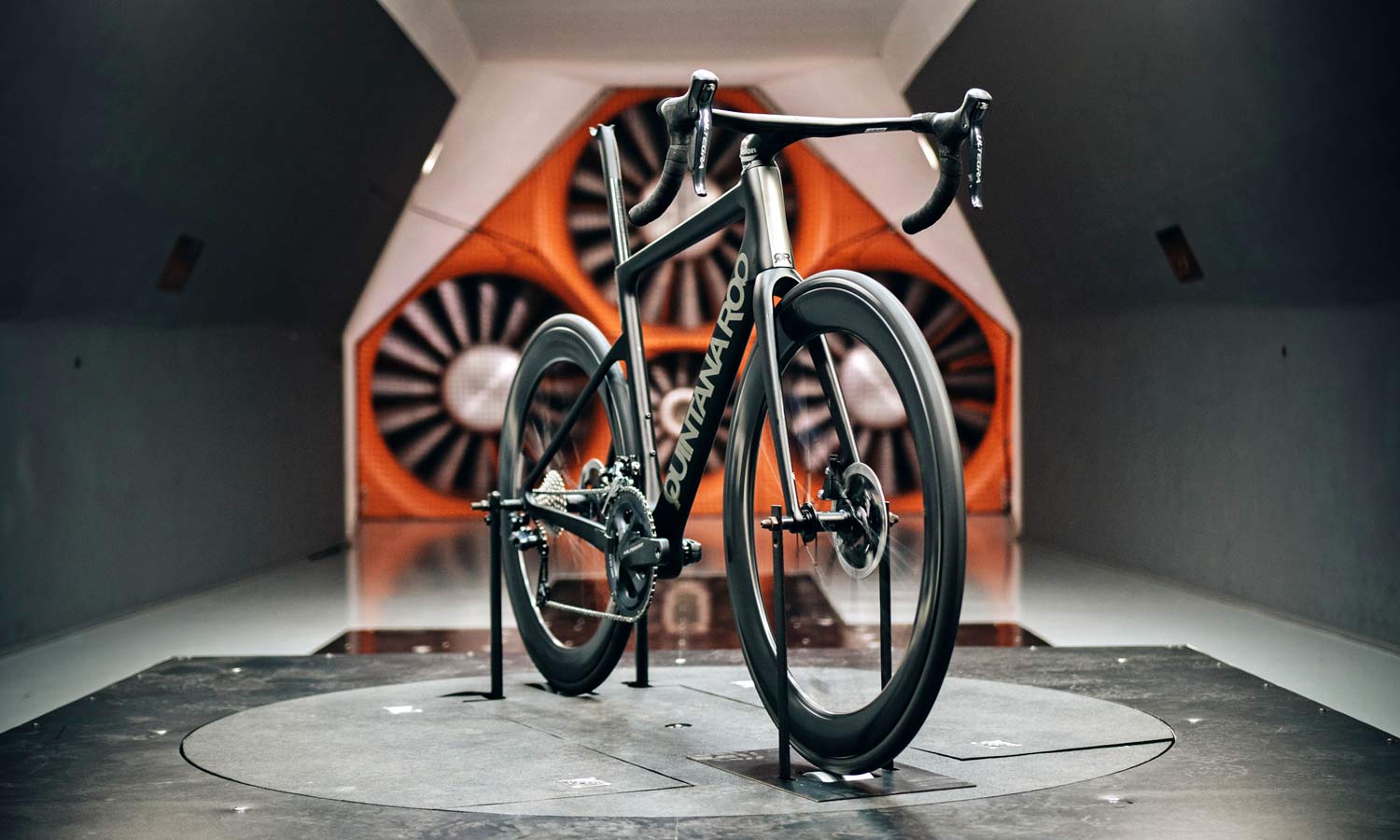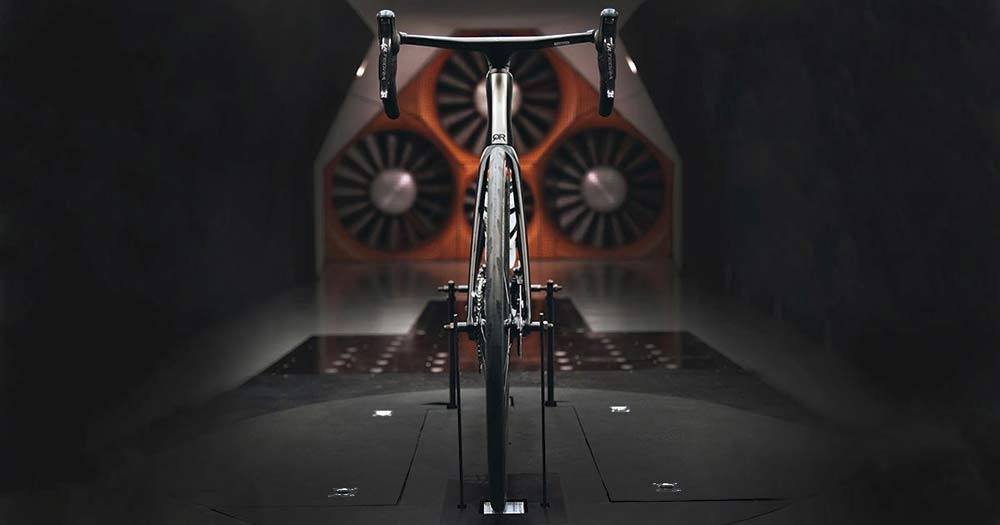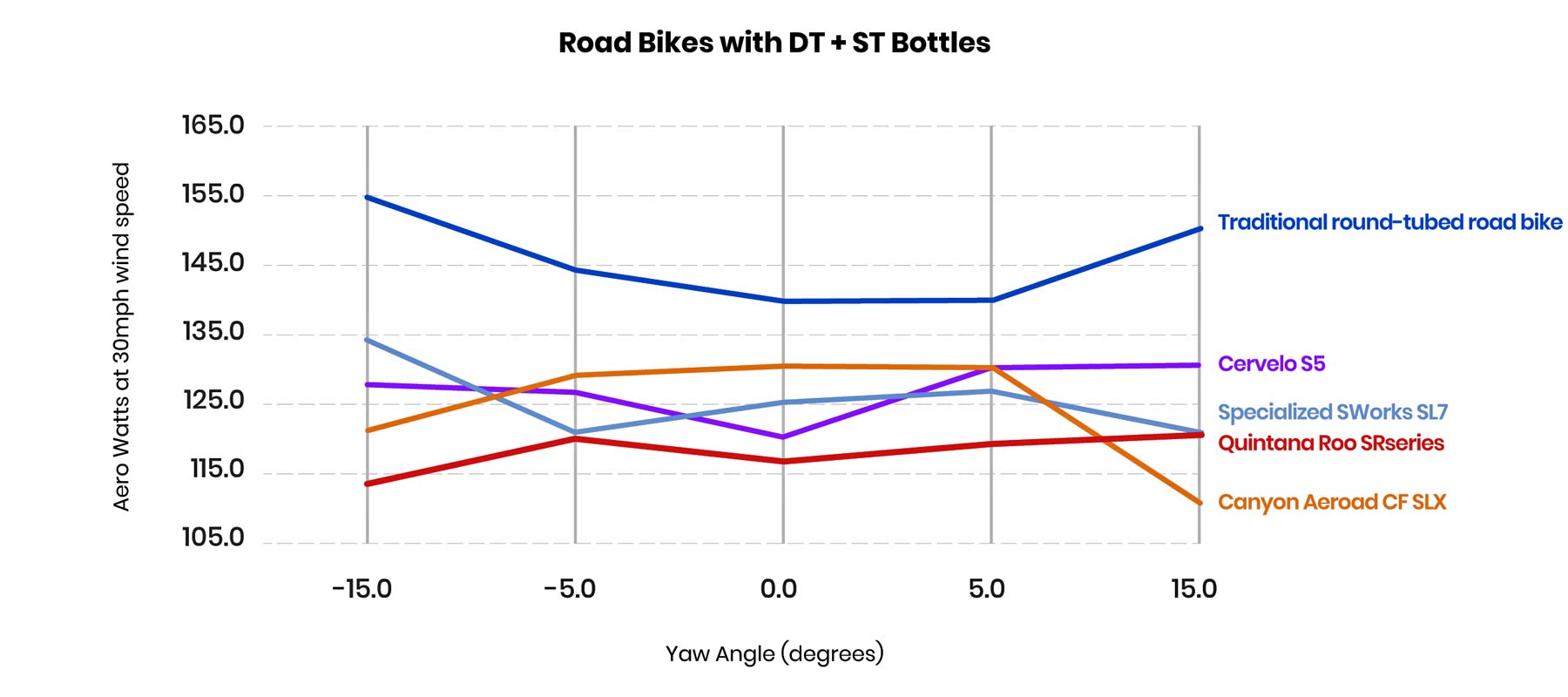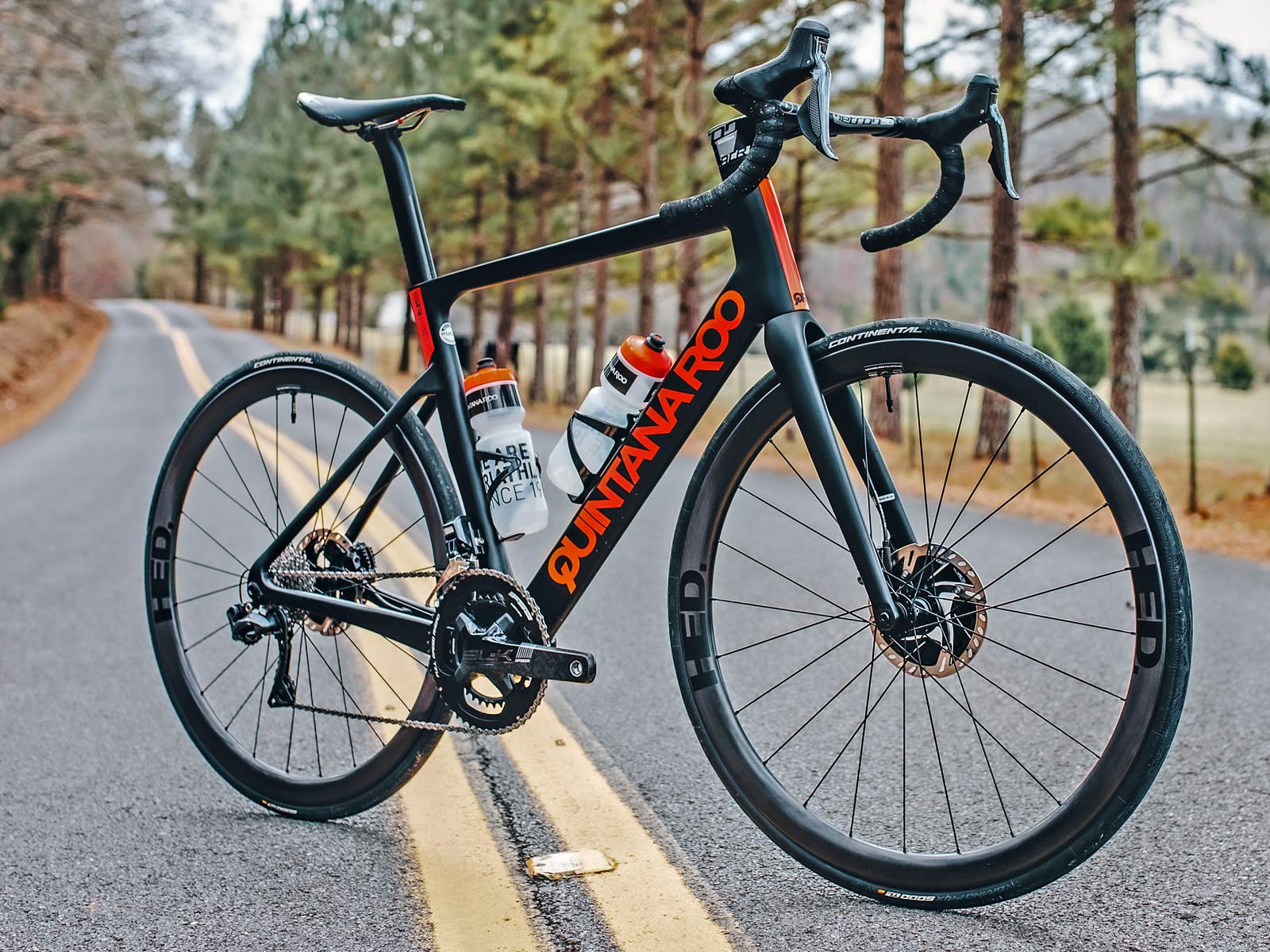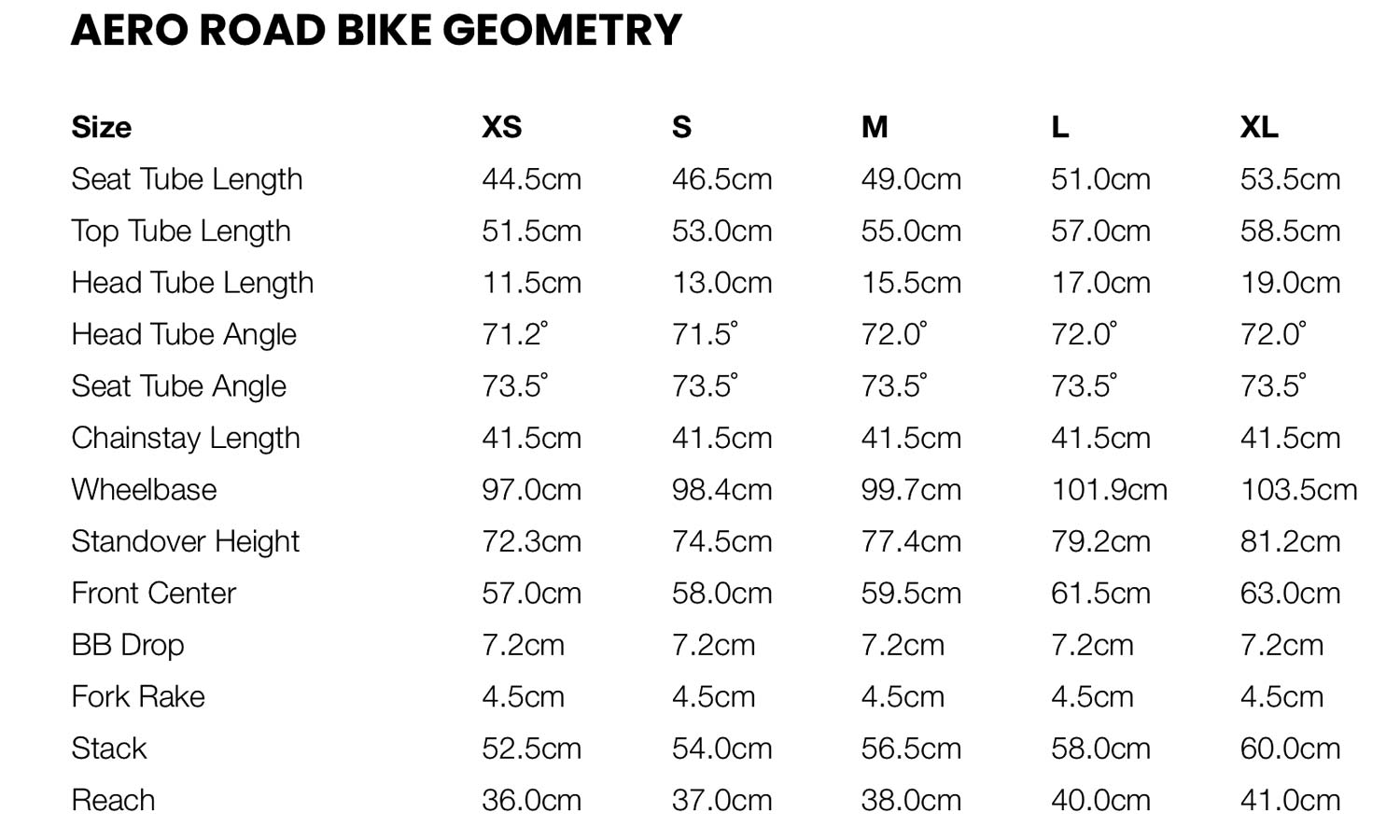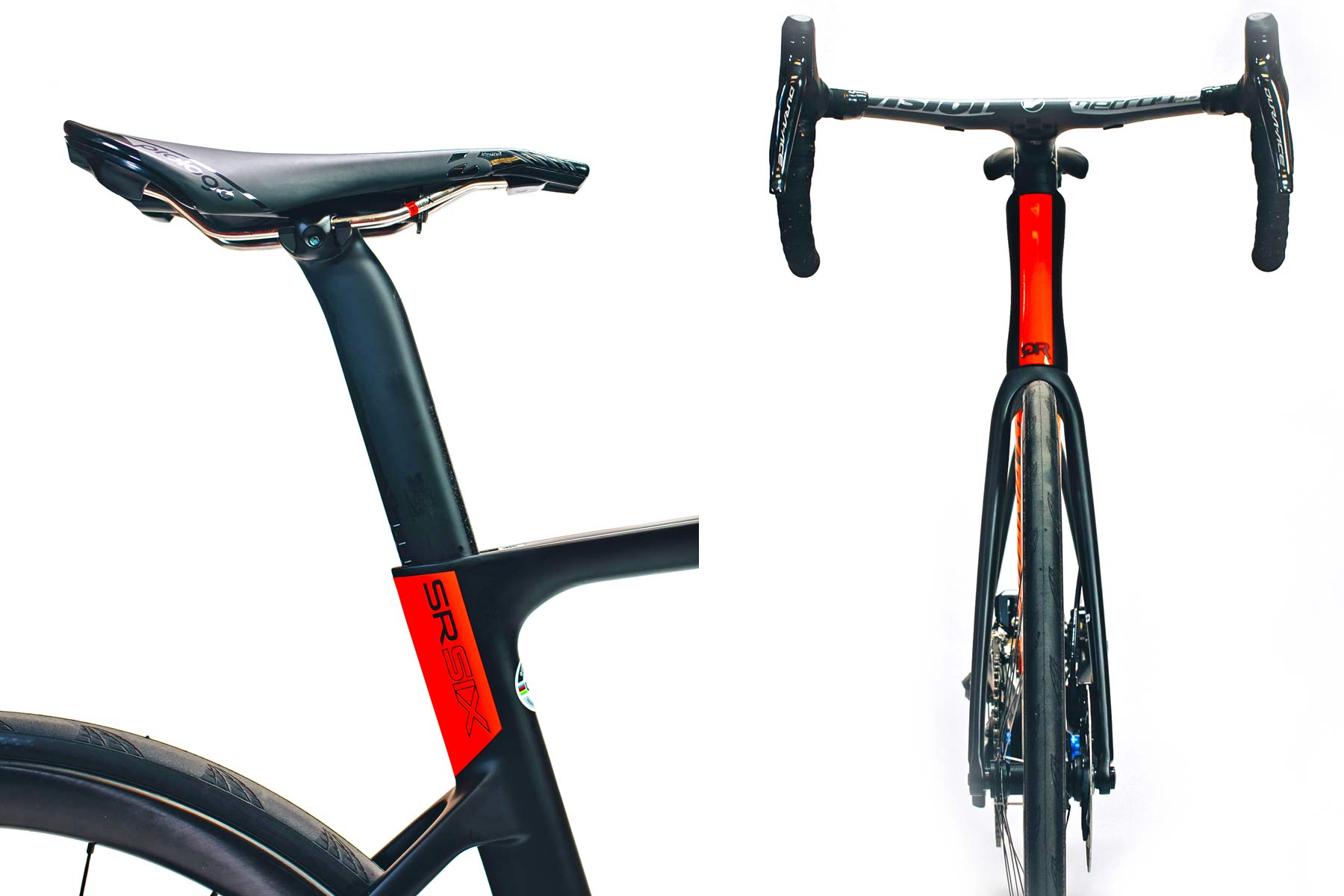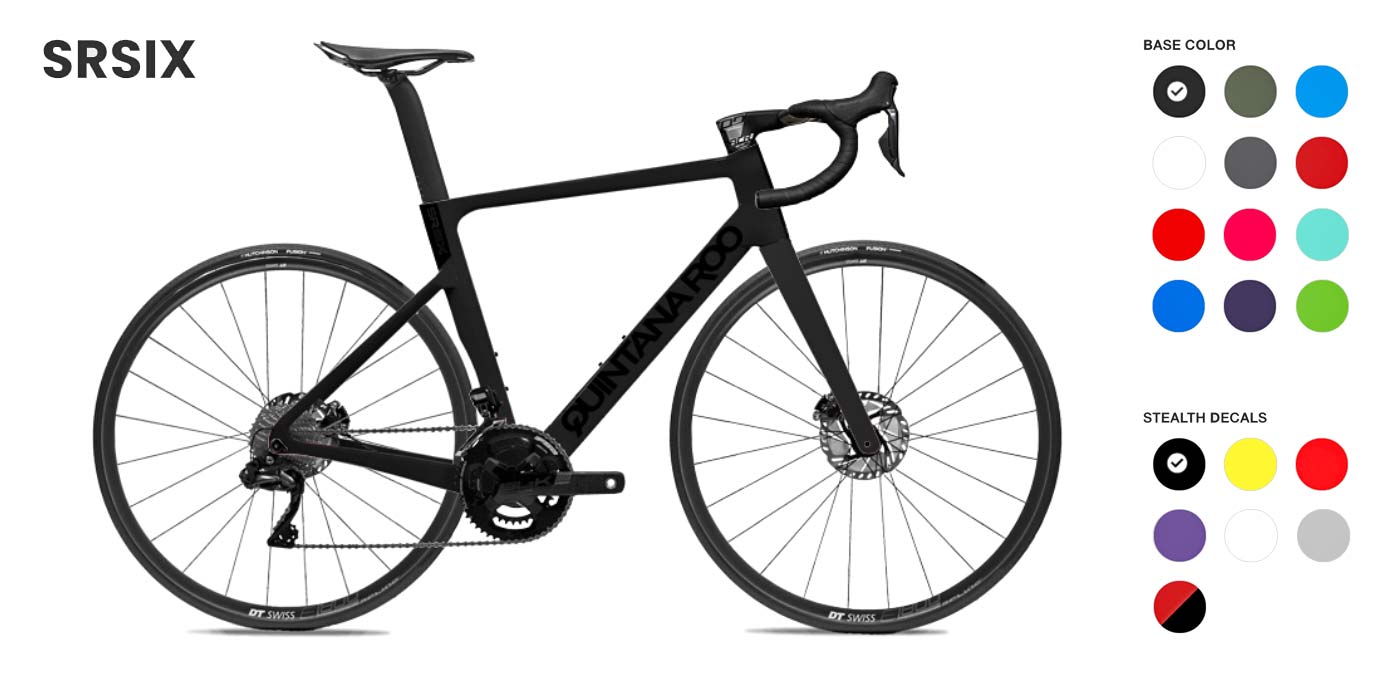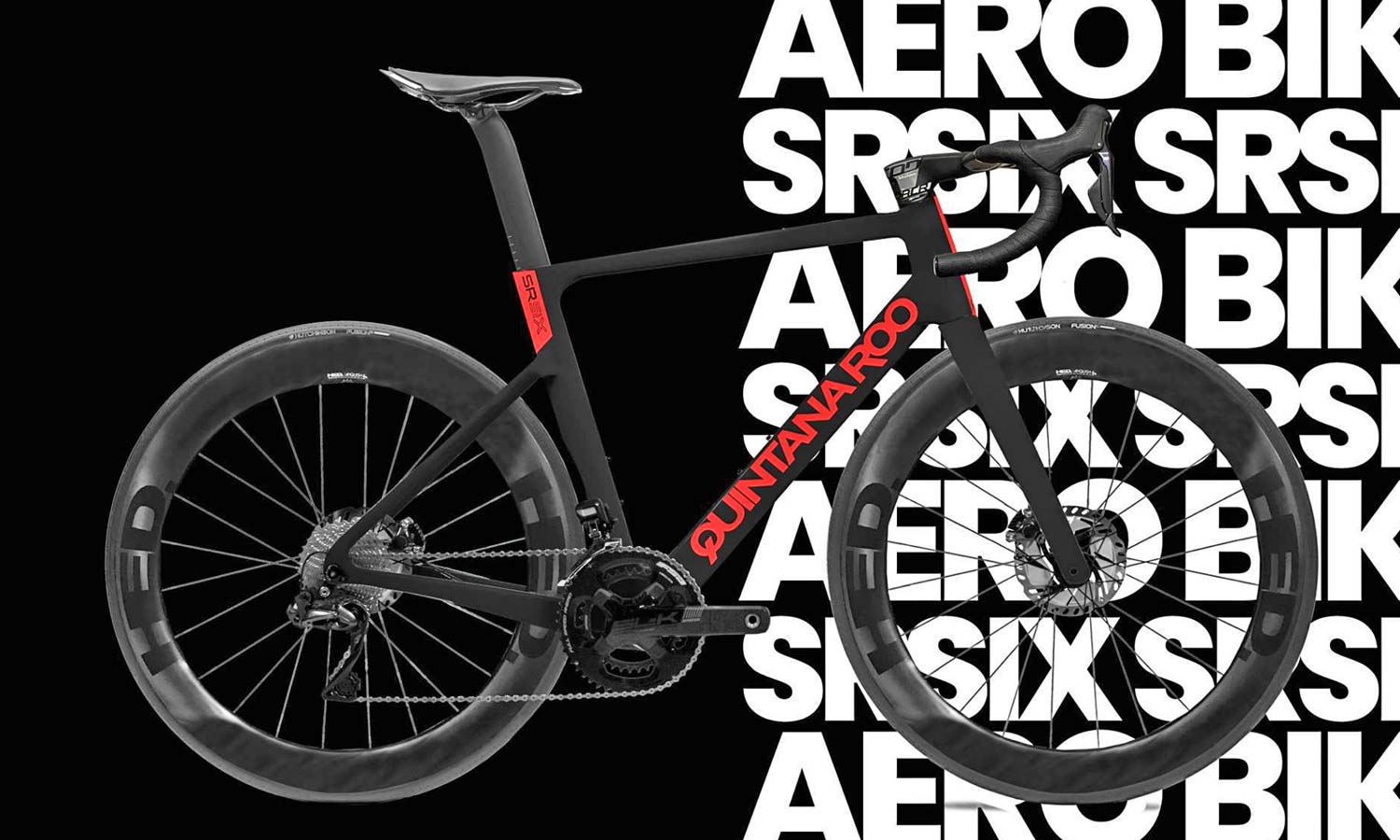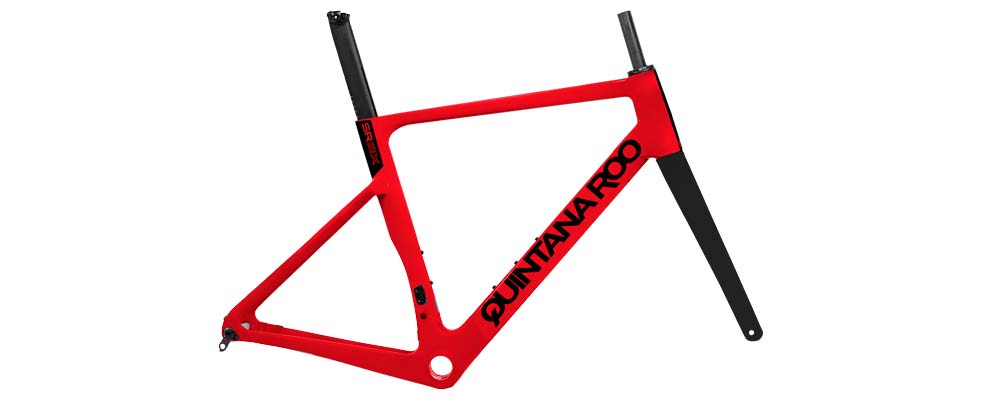Quintana Roo’s new SRsix aero road bike fine tunes the versatile & integrated modern disc brake road bike aerodynamics of last spring’s SRfive into a lighter, more refined race bike. Slimmed-down a bit and lightened-up, the new carbon SRsix shifts more from the brand’s deep triathlon aerodynamic shaping into more of a race-ready road all-rounder…
Quintana Roo SRsix aero carbon aero road bike
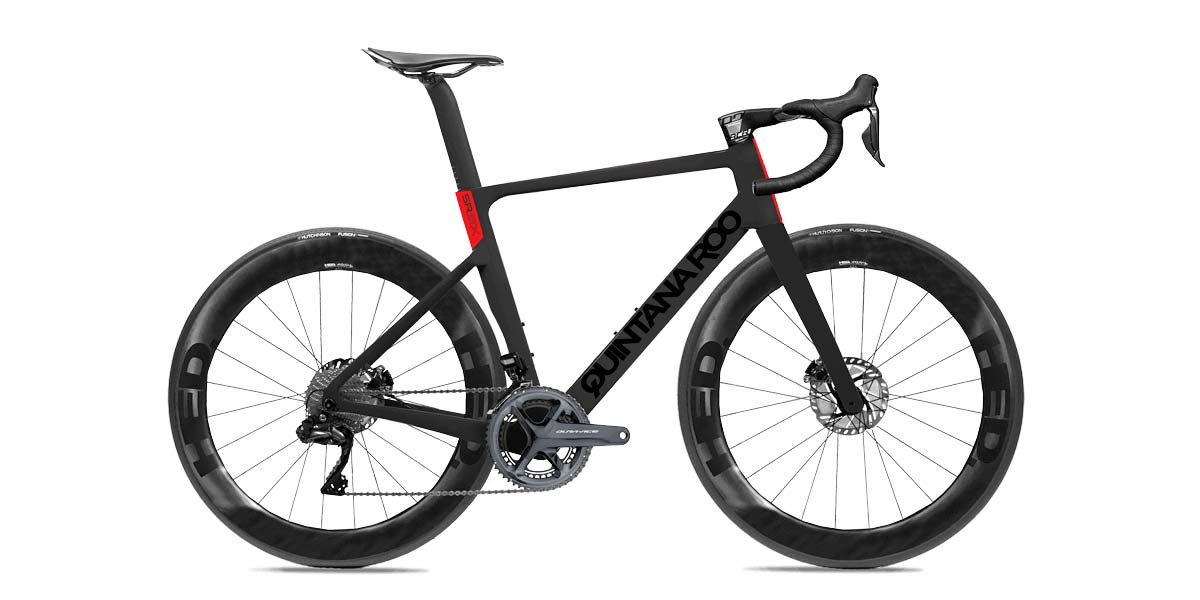
The new UCI-approved aero road bike from American Bicycle Group’s Quintana Roo gets a slightly slimmer silhouette, especially in its new fork, shedding grams while not sacrificing on speed vs. last year’s SRfive. Hitting a higher pricing level, the lighter & faster SRsix becomes Quintana Roo’s new benchmark for top-level road bike performance.
“An aero bike should work as well in the real world as it does in the laboratory,” says QR’s design engineer Brad DeVaney. “With this in mind, we have developed a bike that works best for everyday athletes and enthusiasts, without compromise.“
Developed to be real-world fast, the SRsix keeps wide tire clearance, shallower tube shaping than many aero bikes, all the integration you need, and aerodynamics designed around actually carrying water bottles. QR calls it one of the most practical aero road bikes on the market, going so far as to share wind tunnel testing that shows the SRseries bikes delivering lower drag than top Cervélo, Specialized & Canyon aero road bikes when cyclists simply ride with two water bottles on their bikes.
Check out the full wind tunnel report data & protocols here.
Aero road – Tech details
The new Quintana Roo SRsix gets a lightweight carbon frame with a claimed weight of 995g (medium) including hanger, bottle bolts & frame inserts, paired to a 425g full carbon tapered steerer fork. That’s down two hundred and forty grams from last year’s SRfive debut (1175g/485g).
The UCI-approved QR SRsix bike is available in five stock sizes (XS-XL) race-inspired all-rounder road geometry.
Frame & fork both get clearance for up to 700 x 32mm tires on modern wheels to maximize comfort & control. The QR SRsix frame includes fully internal cable routing to work with either mechanical or electronic shift, hydraulic disc brake groupsets via the modular FSA ACR headset system. The frame features a T47 threaded bottom bracket, a proprietary aero seatpost (0 7 20mm offset available) with hidden wedge-style clamp, flat mount disc brakes, and 12mm thru-axles.
Manufactured in Asia, but painted in ABG’s Chattanooga, TN factory, Quintana Roo offers the lightweight SRsix in a dozen colors & seven decal options so each buyer gets some customization. And it includes QR’s lifetime warranty.
Quintana Roo SRsix – Pricing, options & availability
Multiple builds are available, starting at $5650 complete with a mechanical Shimano Ultegra groupset and alloy DT Swiss E1800 wheels (discounted now to start from $5084). Build customization options include one-piece Vision cockpits and Rotor power meter cranks. And you can go all the way up to the top-spec $10,950 build with Dura-Ace Di2 and carbon Zipp 404 NSW tubeless wheels.
A $3250 SR six frameset option is also available, marked down now to $2924.
The new bike is available now consumer-direct from Quintana Roo in the US, or by special order via their global retailers. The SRsix is delivered 90% assembled out of the box, or Quintana Roo’s premium Home.Delivery.Right option can have it dropped off, ready to ride.
